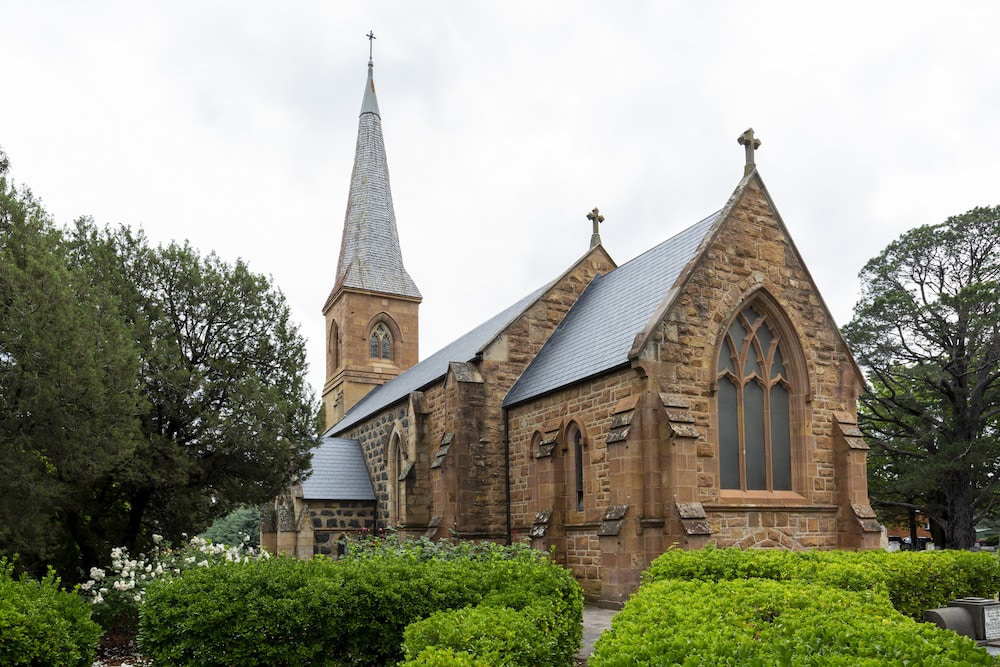This Sunday, church bell towers, civic bell towers, and musical ensembles around Australia will perform the medieval hymn Conditor alme siderum, to commemorate the 700th anniversary of the first mechanical musical clock to play a named tune.
In Canberra, St John’s Anglican Church, Reid, will ring the tune on their tower bells at 11.15am, and St Paul’s Anglican Church, Manuka, will sing the hymn as part of their choral evensong at 5pm.
The clock, installed in St Catherine’s Benedictine monastery in Rouen, France in 1321, used a set of wheels with pins to make tuned bells play the hymn, which translates as “Dear God, Creator of the Stars”. Unfortunately, the Rouen clock itself was destroyed in the sixteenth century, during the French Wars of Religion.
“The St Catherine’s clock was among the first of a generation of musical clocks and related mechanical devices that changed daily life, the economy, and our sense of community through changing how we hear music and how we notice time,” said Dr Matthew Champion, Chief Investigator of The Sounds of Time, an Australian Research Council-funded project at Australian Catholic University.
Dr Champion is facilitating the anniversary celebrations. He said the first mechanical musical clock was an important landmark in how we understand time and how music affects our work and community.
“This is all about how people live with time,” Dr Champion said. “It’s the period where we developed the idea of the day divided into 24 equal hours. During this period, mechanical clocks were used to regulate work in burgeoning industries – especially the cloth trade – at a time crucial to the development of what we now recognise as industrialisation.
“Being able to reproduce music also enabled towns to develop personalities around music. Sound has a unifying function – that’s why music is important in forming community identity. We see that today with national anthems or football team songs. A town could choose a hymn for the town clock that represented the town, much as we would have a personalised ring tone.”
Long before Apple watches, or even mantelpiece clocks, he explained, towns kept time through public clocks, typically housed in belfries or in the towers of local churches and monasteries.
“There’s a tradition of tech geek monks who studied astronomy and developed a sense of time around their various prayer services,” Dr Champion said. “Making these clocks involved complex geometry. They needed iron-smelting and skills in metal working. They were objects that pushed technological frontiers.”
Church and civic belltowers in Melbourne, Sydney, Perth, and several regional towns and cities will also participate in the anniversary bellringing.
Dr Champion said the warmth of response from the Australian bell ringing community has been impressive – even from groups unable to perform the tune on their bells because of technical issues or COVID.
“The interest in the anniversary, music, and history of technology, shows just how much history and music can inspire and form communities now, as it did 700 years ago,” he said.



